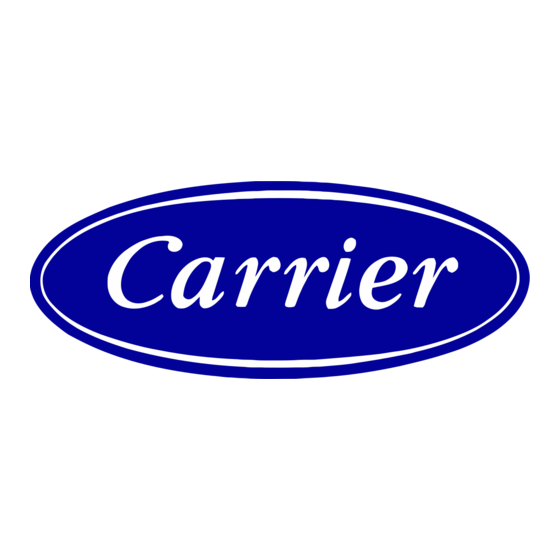
Table of Contents
Advertisement
Quick Links
Z
o
n
e
C
t
r
l
Z
o
n
e
C
t
r
l
V
A
V
Z
o
V
A
V
Z
o
D
u
c
t
I
n
D
u
c
t
I
n
S
t
a
r
t
-
u
S
t
a
r
t
-
u
CARRIER CORPORATION ©2019
A member of the United Technologies Corporation family · Stock symbol UTX · Catalog No. 11-808-664-01 · 1/25/2019
I
I
a
n
d
I
I
a
n
d
n
e
I
I
S
e
c
o
n
e
I
I
S
e
c
o
s
t
a
l
l
a
t
i
o
n
s
t
a
l
l
a
t
i
o
n
p
G
u
i
d
e
p
G
u
i
d
e
n
d
a
r
y
n
d
a
r
y
a
n
d
a
n
d
Advertisement
Table of Contents












Need help?
Do you have a question about the Zone Ctrl II and is the answer not in the manual?
Questions and answers